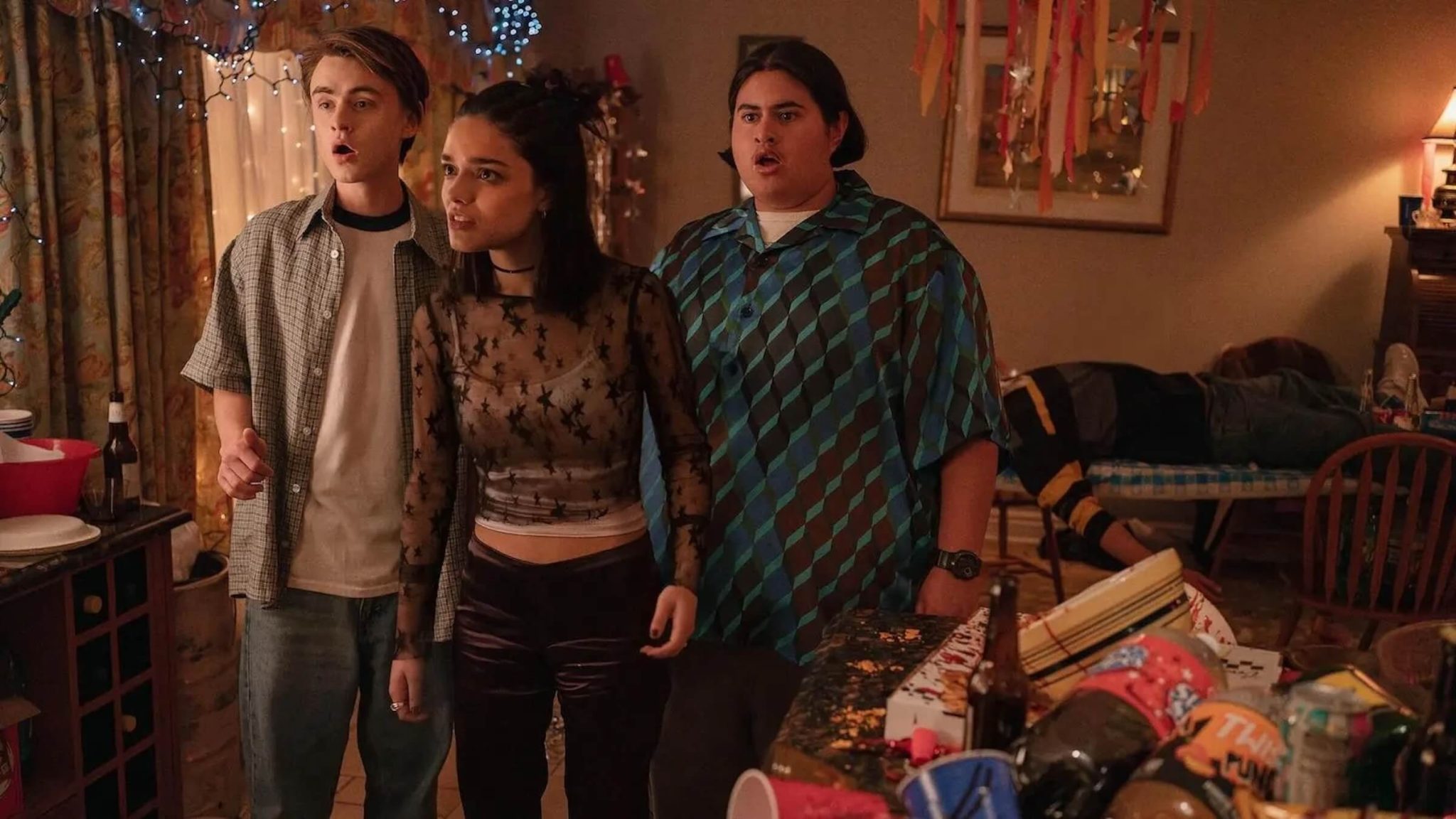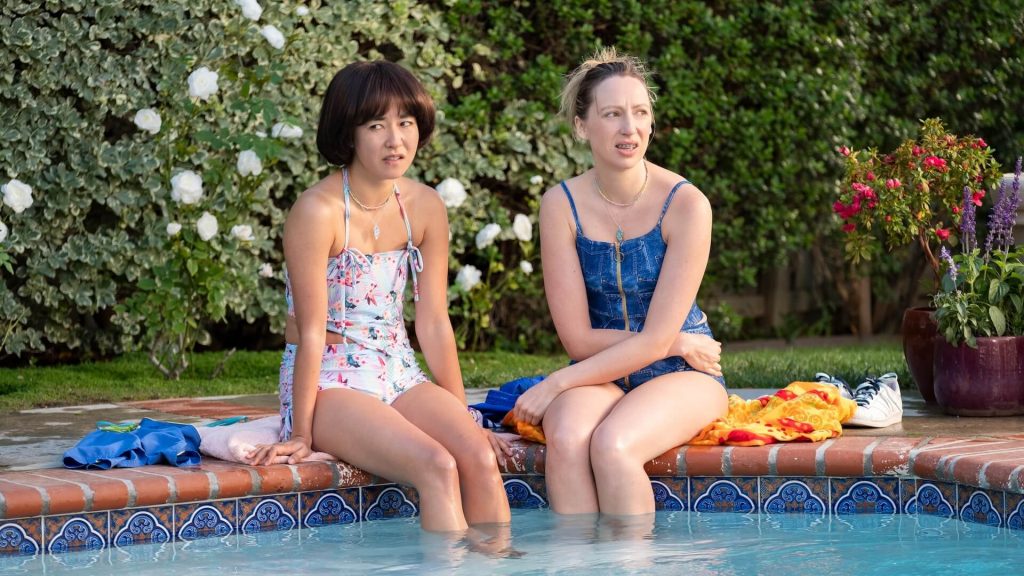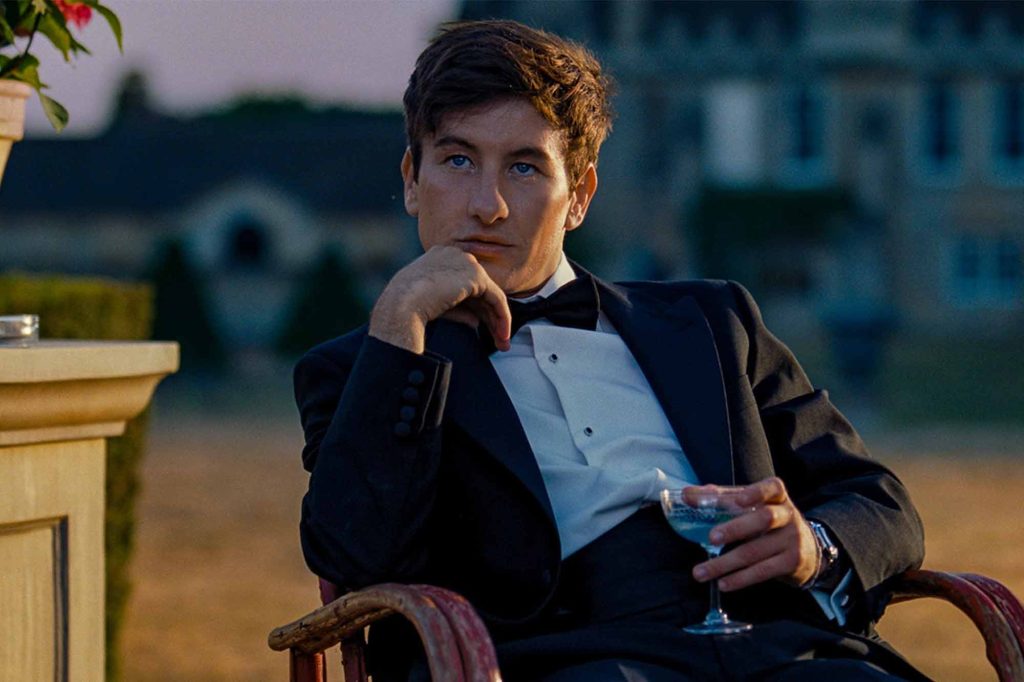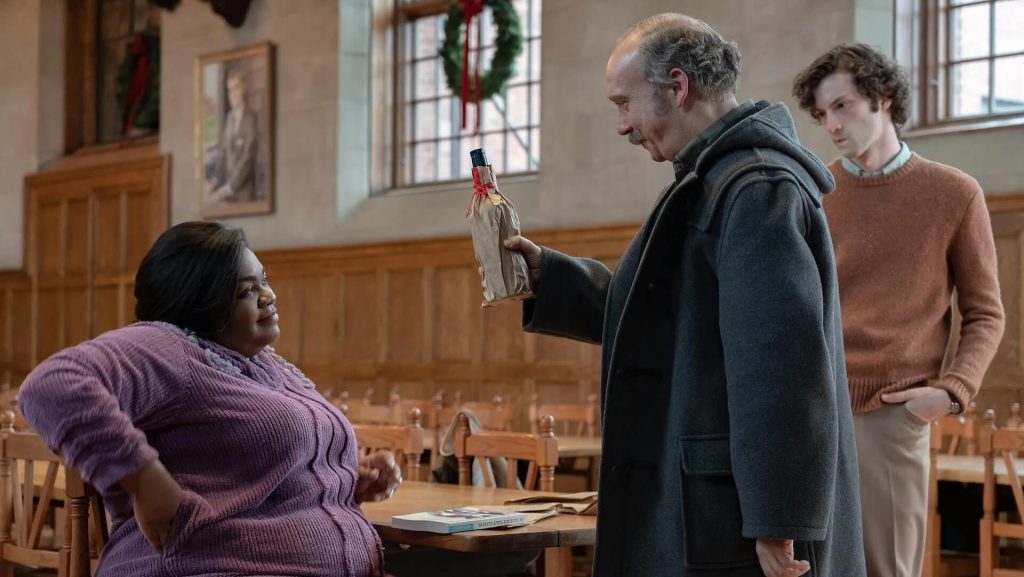
In fashion, there’s a general rule that trends often come in 20-year cycles. This is why you’ll see millennials online decrying the return of low-rise jeans or other popular styles they now view as “regrettable” from their teens and 20s in the oughts that are appearing on today’s teens. You won’t just see this in fashion though.
Trends across all popular culture, including film and television, can be seen with this pattern. Considering the number of creatives who like to chase trends (which is not generally recommended), why not understand what drives this pattern and use it to ideate your new scripts, so that you won’t be following a trend, but driving it?

Which Creatives Are on Trend?
As we look at this topic, let’s set aside true stories, reboots, and remakes, which can fall into this idea, but this is largely about “original” films and television series. Let’s note that “20-year cycles” does not mean that a trend returns exactly 20 years after it originally appeared.
Trends stay for multiple years. The visual style of a decade doesn’t start and end every time a new decade begins. There’s an evolution and entirely new things can roll in out of nowhere thanks to external factors such as politics and world events.
In film and television, the 20-year cycles are much looser, which we can really see when we look at the 2010s, which saw a slew of projects premiering on television set in the 1980s (30 years after their inspiration). This includes Netflix’s Stranger Things, The Goldbergs, The Americans, and Halt and Catch Fire, among others.
Now that’s settled, the most well-known recent example of a ’00s-set film is Emerald Fennell’s Saltburn starring Barry Keoghan and Jacob Elordi. The film is set in 2006 which is most obvious when you hear the soundtracking featuring The Killers’ “Mr. Brightside” and Cold War Kids’ “Hang Me Out To Dry.”
A few years ago, even Disney/Pixar took a stab at period pieces (no pun intended) with Turning Red, which is set in 2002. The film centers on a middle school girl struggling with being the perfect daughter for her mother and her rising hormones that drive her obsession with a Backstreet Boys-inspired boy band.
On the small screen, Hulu’s Pen15 has also targeted the early 2000s featuring two adult women as middle schoolers opposite a cast of appropriately-aged pre-teen actors to hilarious effect.
Even as the 2000s make their comeback on screen, the 1990s has been featured heavily on film and television with projects like Mid-90s, Fear Street 1994, Longlegs, Captain Marvel, Her Smell, The Wackness, and many more. Actor Jonah Hill directed Mid-90s and is also producing Y2K, a horror film set on December 31, 1999.
Read More: The Screenwriters Guide to TV Bibles: How to Make One and Use It to Get Meetings

‘Pen15’ ( 2019 – 2021)
What Drives the Trend?
The main reason that the 20-cycle pattern occurs is nostalgia. A generation grows up with a general visual style and formative pop culture events.
When you hit your teen years, you likely had enough independence that you were first exploring your own personal tastes in fashion, music, film, television, etc.
Then as that same generation comes into adulthood and (generally) rises through the workforce into their 30s, some of them (you) will become the creators of the latest batch of fashion, music, film, television, etc. that inspires the current teens.
Now, with the rise of the internet, this pattern that’s existed for a very long time is changing (more on that later).

‘Saltburn’ (2023)
The Benefits and Hindrances of Period Pieces
Since this pattern is driven by nostalgia, it’s not new and you often see plots that are set in school years. Think of Animal House set in the early 1960s and released nearly 20 years later in the late 1970s. Turning Red takes place during middle school and the characters in Saltburn meet at university.
The benefit of setting a series about everyday people in the past is that any audience members who grew up at that time have a shortcut to emotionally connecting with the characters in your script and the things they’re feeling. School-era stories are also all about “universal truths” like falling in love, finding your passion, and dealing with familial struggles. By setting them in the past, you can also avoid the explosion of smartphones which forever changed how people communicate, but isn’t the most “cinematic” experience to depict.
The downside of setting your script in the past? For better or worse, the rise of the smartphone and social media has changed what it means to “come of age.” How do you depict that on screen?
Every generation has new forms of technology that alter our way of life. The home phone came to prominence in the 1940s, the same decade when “teenagers” were established by marketers, and one decade before the rise of television. Phones and screens revolutionized communication and popular culture. And now, 80 years later, they’ve merged. Has any tech in the last 80 years impacted storytelling to the same degree?
Some contemporary-set coming-of-age movies embrace it, such as Eight Grade, which embraces it and shows us the importance of understanding it. Other projects largely ignore it. Consider last year’s Bottoms which is set today but feels like it could be the 1980s or 1990s.
Some filmmakers reach to other decades, like Saltburn or the critically acclaimed The Holdovers and Licorice Pizza (both set in the 1970s). Leaning into nostalgia might be a shortcut to win over some viewers, but what about new viewers? Can we still win over younger audiences even as we focus on telling stories set in the past?
Read More: Why Voice Is So Important to Your Screenwriting Career

‘The Holdovers’ (2023)
Using Period Pieces to Your Advantage
The rise of 1990s/2000s-set films isn’t going anywhere any time soon. By looking back 20 years to the 2000s, you can get inspired to bring your own nostalgic passions to the screen or tell a story about a unique time in your life.
You can also look at the styles and genres of films that were made 20 years ago. For example, Sydney Sweeney’s massively successful rom-com Anyone But You is inspired by Shakespeare’s Much Ado About Nothing, and 20 years ago, several films adapted Shakespeare’s works.
Films and shows take several years to make it on screen, so you can apply this same idea and start to look at trends from the 2010s if you want to get ahead of that inevitable wave! Especially if your stories are ready to embrace depicting the first generation to come of age with smartphones and social media.
At the end of the day, you always want to write projects that are true to you and true to your voice. Don’t chase a trend, get inspired by the past to create the next one.
Read More: Why Reading Scripts is Just as Important as Writing Them

